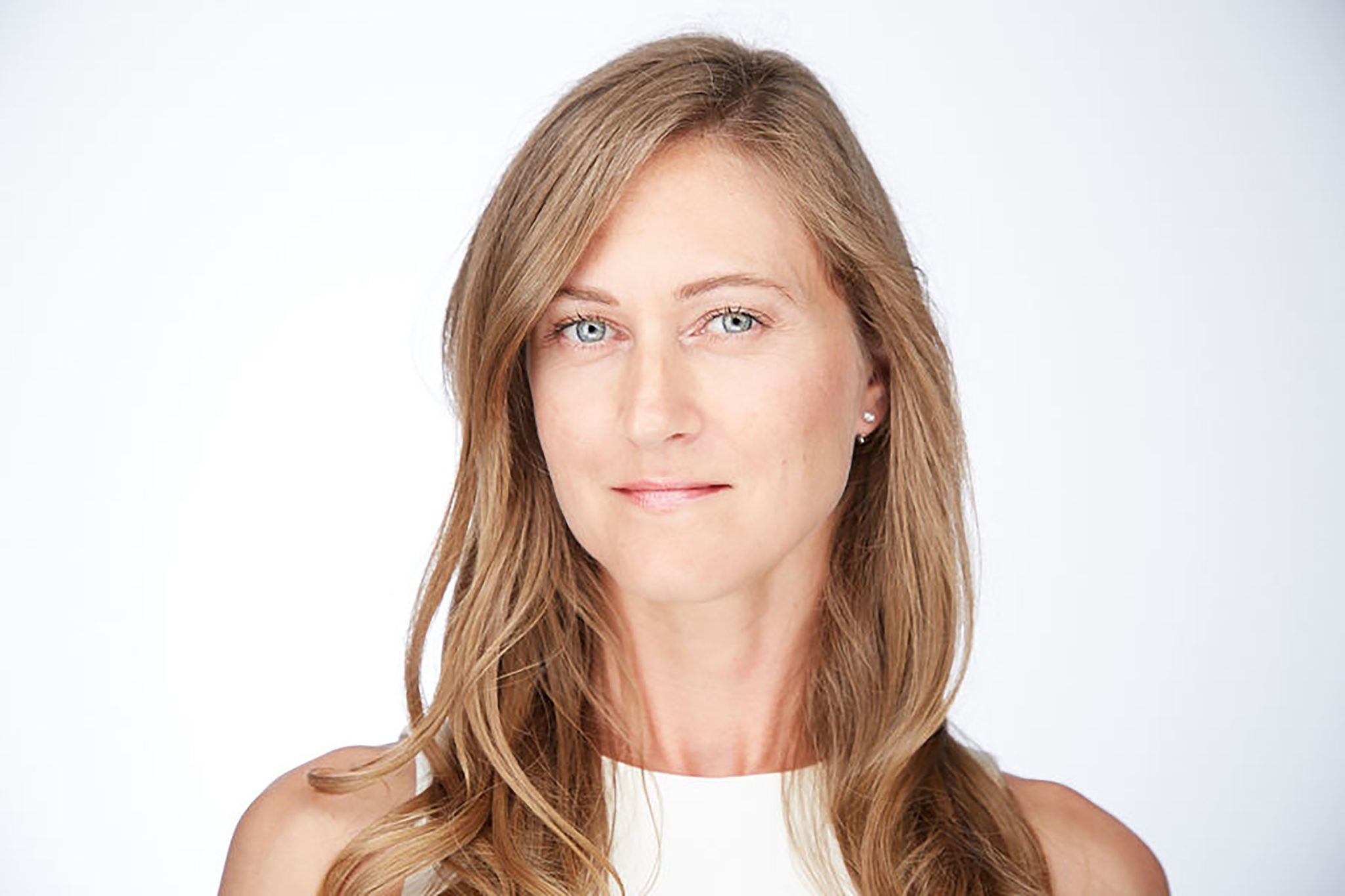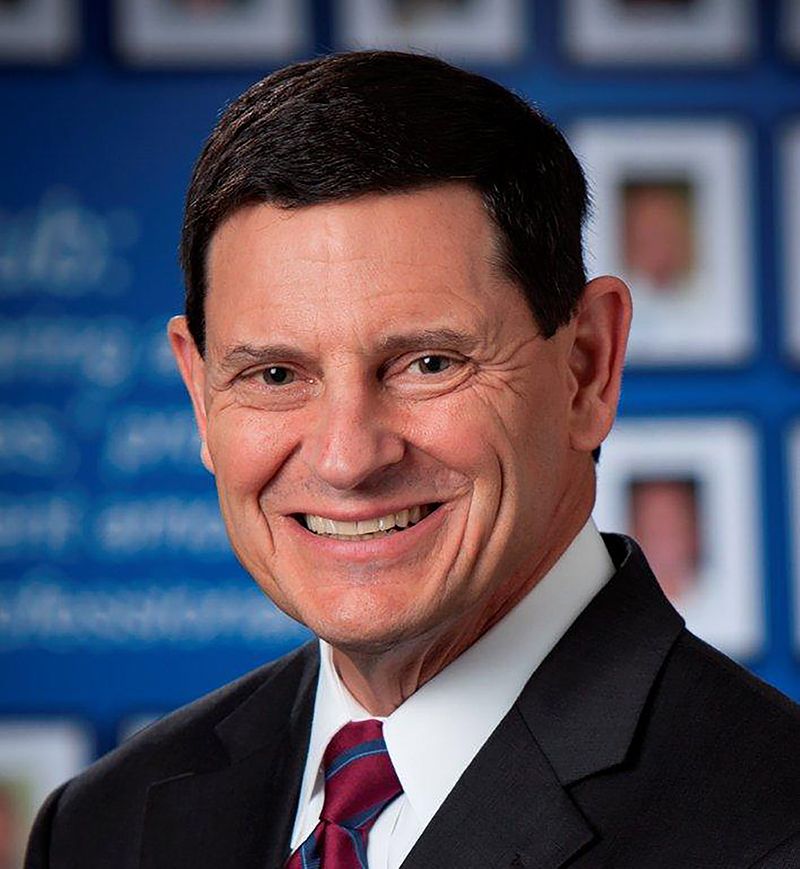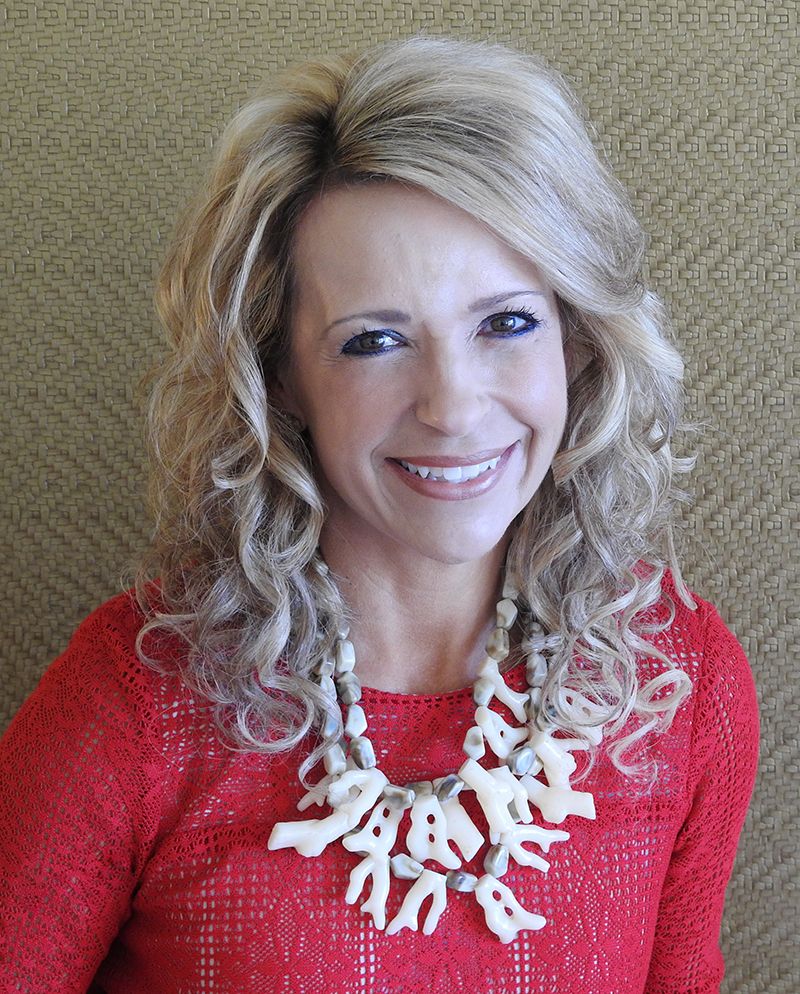Putting together a business plan, working on an idea, then seeing it all fail is certainly not easy to deal with, but it’s way more common than you may think.
It is estimated that, in the United States, eight of 10 businesses end up failing, according to recent research from the Small Business Administration’s Office of Advocacy. The good news is that a turnaround following an entrepreneurial disaster tends to be successful for a very simple reason: Successful people get what they want by making mistakes, learning from them, getting up and doing it all again until they get it right. As the Japanese proverb goes, “Fall down seven times, stand up eight.” It’s more about one’s attitude toward failure—welcoming it and retrying.
Your idea didn’t work out? Accept it.
You probably have heard someone say that, to know if a business idea will evolve, “you should just stop wasting time and implement it.” Indeed, that makes sense based on the history of many organizations. For example, just look at some technology companies that once were garage startups and today are highly successful. The risks involved in the journey of an endeavor are numerous, just as are the lessons learned that come from it. First, if it doesn’t work, accept it. That’s when you will start analyzing the mistakes you should not repeat, and their outcomes will become insightful market analysis for you in the future.
“As a serial entrepreneur and five-time founder of numerous consumer brands, I have started several different businesses in various industries. But I would be lying if I said I’ve never been afraid of failing. Now, though, I see failure has been essential for my businesses because it usually makes me improve my operations. If you want to be an entrepreneur, you should also see an opportunity out of those failed outcomes,” says Rich Heruska, accelerator director at Tampa Bay Wave, a technology accelerator for more than 150 startups and 250 entrepreneurs.
Heruska was the co-founder of Home Discovery, which grew into a 300-person, full-service real-estate technology company, producing more than $15 million in annual revenues. It eventually was affected by the real estate crash more than 10 years ago. Most recently, he sold a growing chain of family recreation centers, AirHeads Trampoline Arena, to an entertainment holding company.
Have you also thought that getting in touch with people you will meet or have met on the way also can lead to new opportunities and, who knows, another project? It is not hard to read these success stories on social media. Exchanging knowledge with those who have been in your shoes will result in different perspectives and solutions for the same problems you have been through or may face in the future.
“Being able to count on suppliers I met with along the way in some of my businesses that failed, led me to new partnerships that I wouldn’t be able to come up with alone. When you fail, you’re prompted to understand the journey of your customer to your product. This is a great place for improvement and coming up with new ideas,” says Saravana Pat Bhava, founder and CEO of Kid.io, which created the PikMyKid school dismissal application.
As with anything in life, being an entrepreneur requires perseverance and learning from your mistakes. Your next move can be your worst failure, but it also can be your lucky strike. You will never know until you try it out. ♦
Karyn Mathura-Arthur is an Agile methodology implementation leader with experience in operational excellence, continuous process improvement, business transformation, process engineering and organizational change management across multiple industries (banking, insurance, health care, telecommunications, government, retail, etc.).













